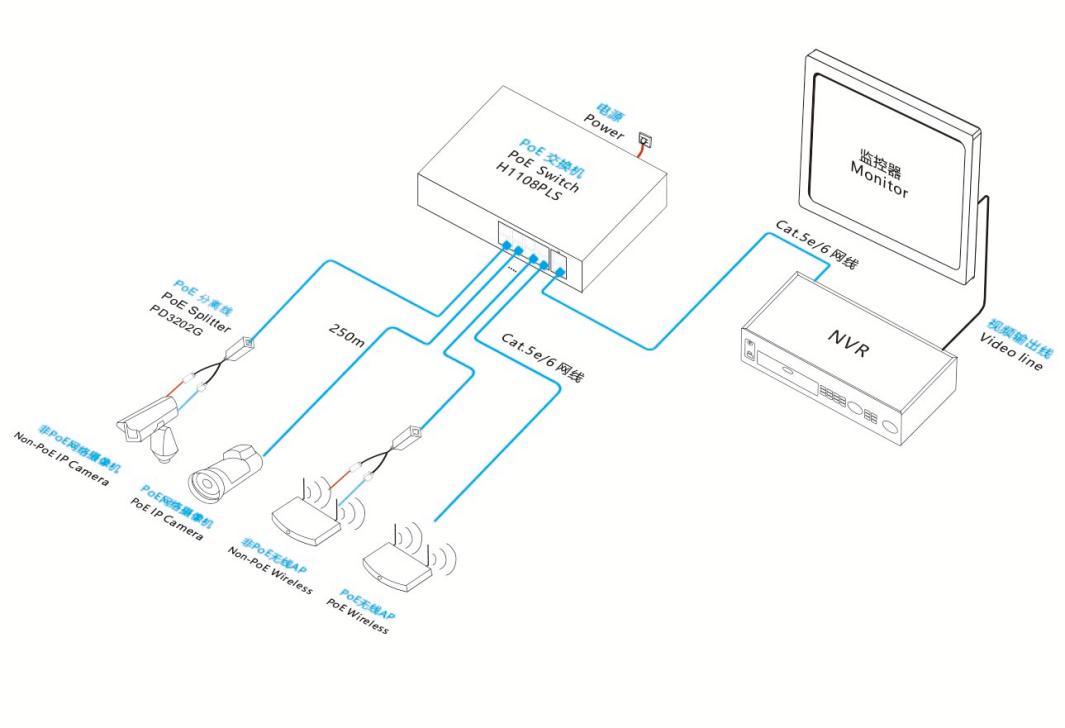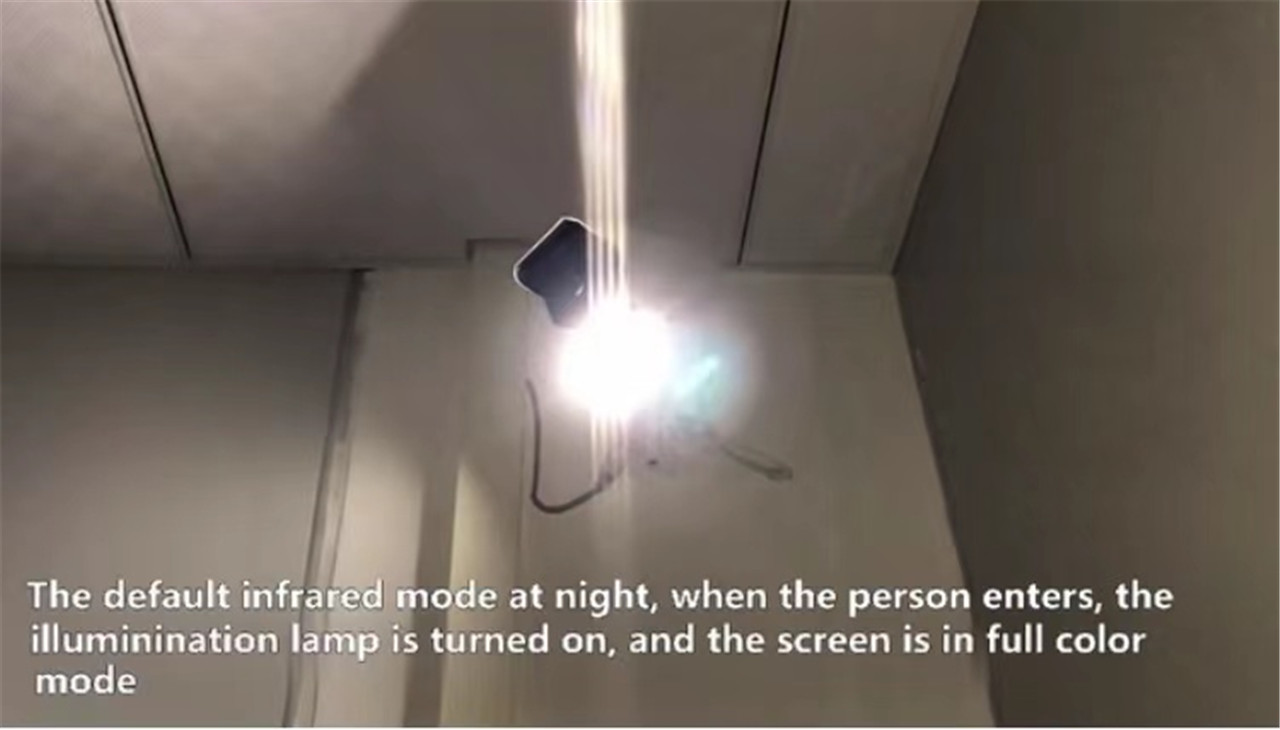Researchers at Carnegie Mellon University have repurposed a common piece of tech present in virtually every household to function as a tracking technology. By utilizing WiFi routers, they have developed a method for detecting the three-dimensional shape and movements of human bodies in a room, without the use of cameras or expensive LiDAR hardware.
“We believe that WiFi signals can serve as a ubiquitous substitute for RGB images for human sensing in certain instances. Illumination and occlusion have little effect on WiFi-based solutions used for interior monitoring. In addition, they protect individuals’ privacy and the required equipment can be bought at a reasonable price. In fact, most households in developed countries already have WiFi at home, and this technology may be scaled to monitor the well-being of elder people or just identify suspicious behaviors at home,” the authors wrote in their study, which is yet to be formally peer-reviewed and is available on the preprint server ArXiv. Nvr Security System

The team used DensePose, a system for mapping all of the pixels on the surface of a human body in a photo, developed by researchers at Facebook’s AI lab and a London-based team. What makes DensePose really powerful is its ability to identify over two dozen key points and areas in the human body, such as joints and body parts like the arms, head, and torso, allowing the AI to describe a person’s pose. Combining this with a deep neural network, they were able to map WiFi signals’ phase and amplitude sent and received by routers to coordinates on human bodies.
For their demonstration, the researchers used three $30 WiFi routers and three aligned receivers which bounce WiFI signals around the walls of a room. The system cancels out static objects and focuses on the signals reflected off moving objects, reconstructing the pose of a person in a radar-like image even if there’s a wall between the routers and the subjects. This approach could enable standard WiFi routers to see through a variety of opaque obstacles, including drywall, wooden fences, and even concrete walls.
This is not the first time researchers have attempted to “see” people through walls. In 2013, a team at MIT found a way to use cell phone signals for this purpose, and in 2018, another MIT team used WiFi to detect people in another room and translate their movements to stick figures. However, the new study from the Carnegie Mellon team delivers much higher spatial resolution. You can actually see what people who are moving are doing by looking at their poses.
Previously, another team at Carnegie Mellon developed a camera system that can ‘see sound vibrations with such precision and detail that it can reconstruct the music of a single instrument in a band or orchestra’ without using any microphones.
The researchers believe that WiFi signals “can serve as a ubiquitous substitute” for normal RGB cameras, citing a number of advantages including the ubiquitous nature of such devices, their low cost, and the fact that using WiFi overcomes obstacles such as poor lighting and occlusion that regular camera lenses face. They add that ‘suspicious behavior’ inside a household can be detected and flagged.
However, the question remains what constitutes “suspicious behaviors” in this context? With companies like Amazon attempting to put camera drones inside our homes, the widespread use of WiFi-enabled human detection raises concerns about the exploitation of privacy. This technology may prove to be a double-edged sword, and it will be crucial to consider the implications before it hits the mainstream market.
© 2007-2021 ZME Science - Not exactly rocket science. All Rights Reserved.

Residential Surveillance Cameras © 2007-2021 ZME Science - Not exactly rocket science. All Rights Reserved.